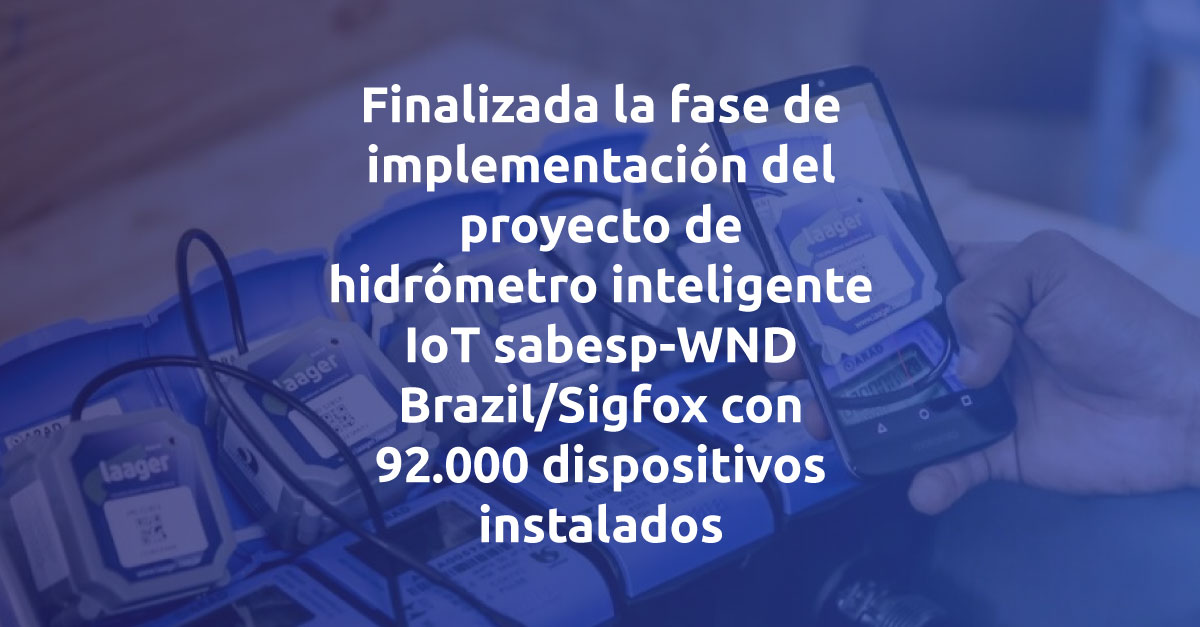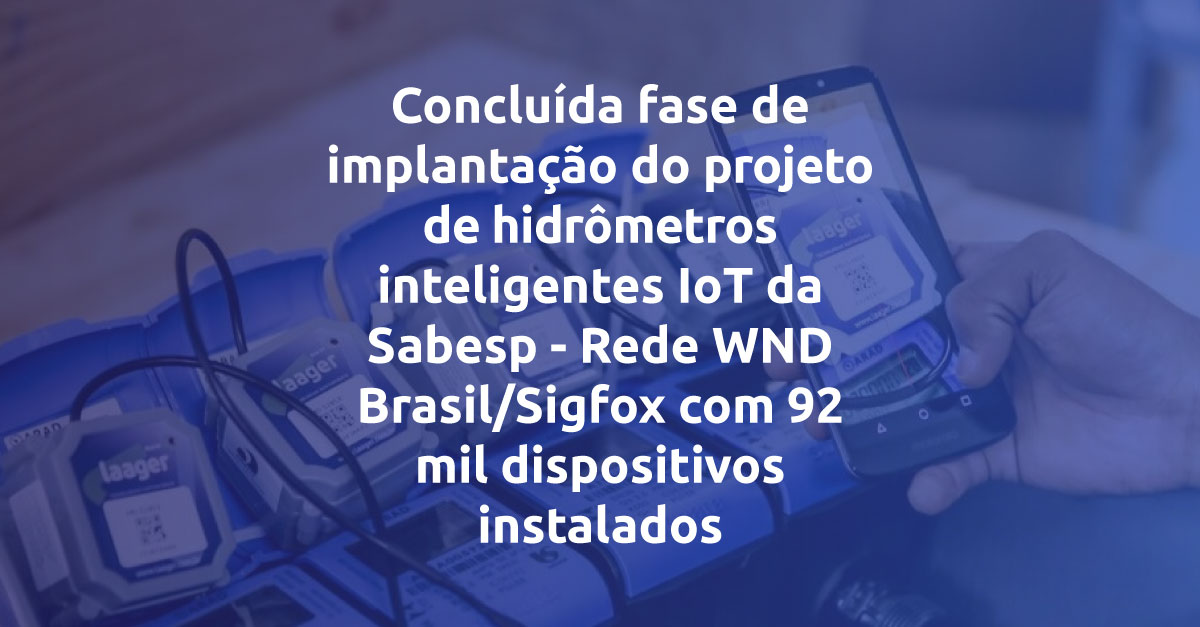Source: CNBC
Key points:
- Sensors will be placed inside properties with the aim of monitoring vulnerable residents who live in public housing.
- While the potential of using this kind of tech is interesting, some may be concerned around issues surrounding privacy.

Two local authorities in London are set to pilot “in-home sensors” with the aim of monitoring vulnerable residents who live in public housing.
The idea is another example of how connected devices could play a role when it comes to providing care and assistance for those who need it.
Richmond and Sutton councils, toward the south of the U.K capital, are working alongside the IoT Solutions Group — which provides of internet of things technologies and solutions — to trial 200 of the sensors at properties from Richmond Housing Partnership and Sutton Housing Partnership.
The European Commission has described the internet of things as merging “physical and virtual worlds, creating smart environments.” Breaking it down a bit further, think of devices that are connected to the internet and able to “talk” to one another.
In an announcement earlier this week, SHP said the technology provided “automated, real-time insight about how active an individual is in their own home.”
The idea behind the tech is relatively simple. If the sensors pick up a drop in activity from within the home, an automated alert is pinged to carers or people known as Independent Living Officers. This enables them to make a proactive, urgent visit to the property rather than relying on a scheduled appointment or residents making contact themselves.
Sutton Housing Partnership’s Managing Director Steve Tucker said in a statement issued Monday that the pilot would “make a real difference to the lives of older residents most in need.”
While the potential of sensors such as the ones being deployed in Sutton and Richmond is interesting, some may be concerned about issues surrounding the privacy of individuals using the service, especially when the technology will be installed in people’s homes.
In a bid to allay such fears, SHP said Monday that “no visual or audio recording” would take place and no personal data would be collected.
As technology has developed, the number of monitoring devices which can be installed in the homes of elderly and vulnerable people has grown.
The charity Carers U.K. lists several, including: passive infra-red detectors; property exit sensors; panic buttons; GPS trackers; and sensors which send notifications to carers if someone has fallen over.
A changing landscape
For many, digital technologies are starting to play an increasingly important role in their health care regime.
Apps accessed using a cellphone can now remind patients to take their medication, book appointments with their physician and get access to test results.
The adaptability of this kind of technology was highlighted in 2020 when countries rolled out contact-tracing apps in a bid to tackle the coronavirus pandemic and limit the spread of the virus.
Over the past year the way patients interact with doctors has changed as health care providers and governments attempt to reduce its spread.
Many initial appointments which would have been face-to-face now take place online using video conferencing software accessed through laptops, cellphones or tablets.
In the U.K., the National Health Service explains that, following an online consultation, doctors’ surgeries will follow up with their patients via electronic messaging, a phone or video call, or in-person appointment.
In a sign of how things have changed, a blog post last November from Susie Day, who is program head for the NHS App, said it had more than 1 million users. This, she explained, was “more than double the number” compared to the beginning of March.
About WNDUK
WND UK, is the UK #0G secure sensor data network operator, powered by Sigfox. The public network, which was deployed in a period of just 18 months, covers over 90% of the UK’s population. WND is now continuing to strengthen our network through densification and by working with channel partners to achieve deep in-building coverage where required.
Sigfox is the world’s first global dedicated low-power wide-area network (LPWAN) communications service for sensor data, typically deployed in Internet of Things (IoT) applications. WND UK’s network solution provides reliable and affordable communications for sensor devices that require very little power.
WND UK’s growing ecosystem of channel partners operate across a broad range of industry sectors providing a range of applications, such as the monitoring of legionella in healthcare and public sector buildings, automated meter readings for utilities, property technology, leak detection and asset management within logistical, returnable packaging and post and parcel sectors. Learn more: WND Technology Overview



